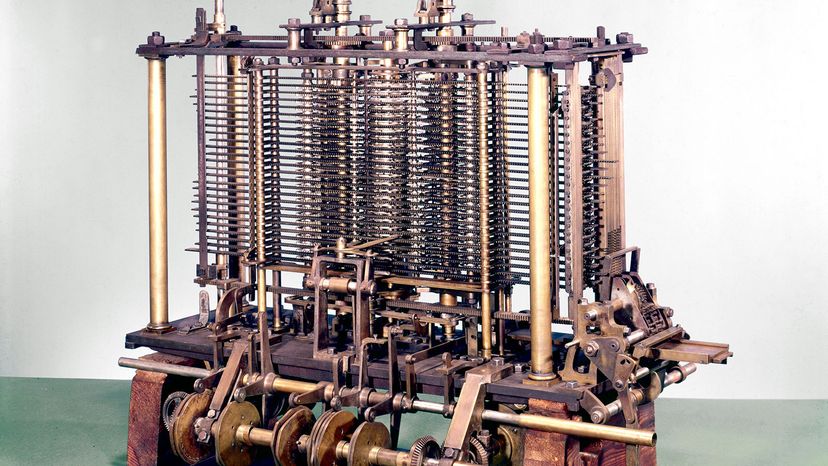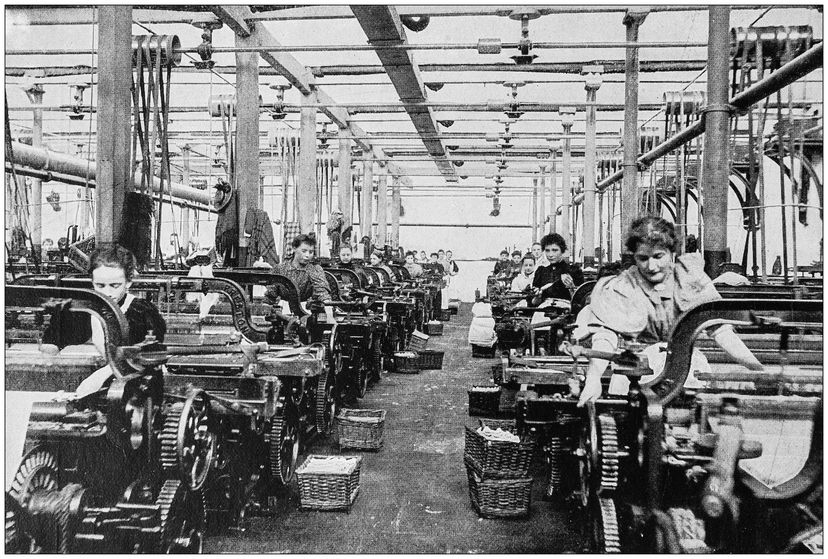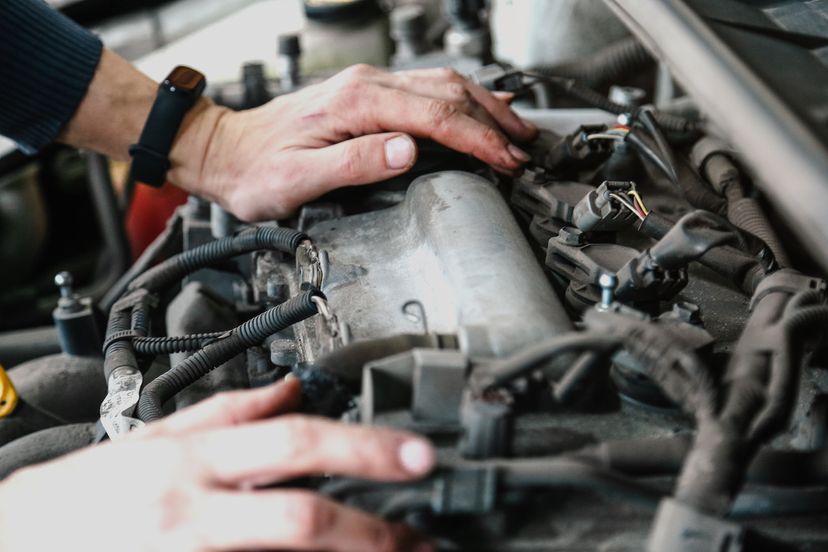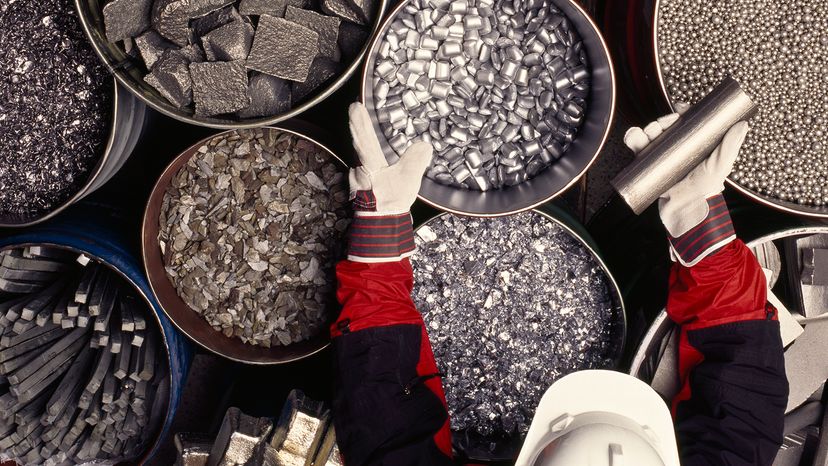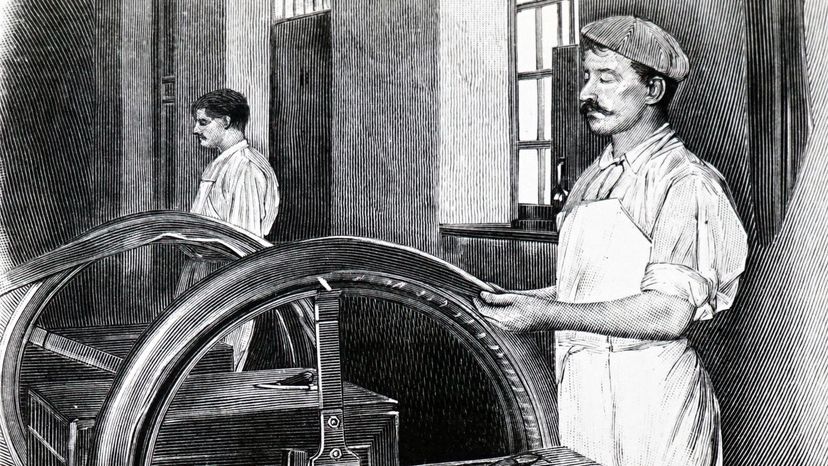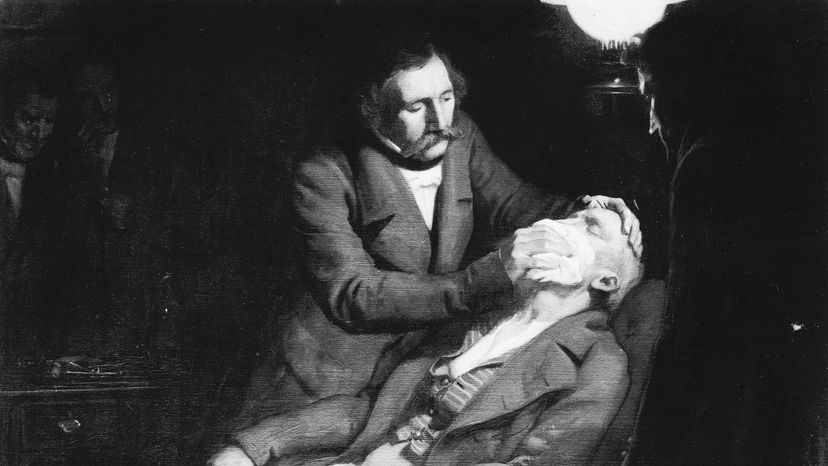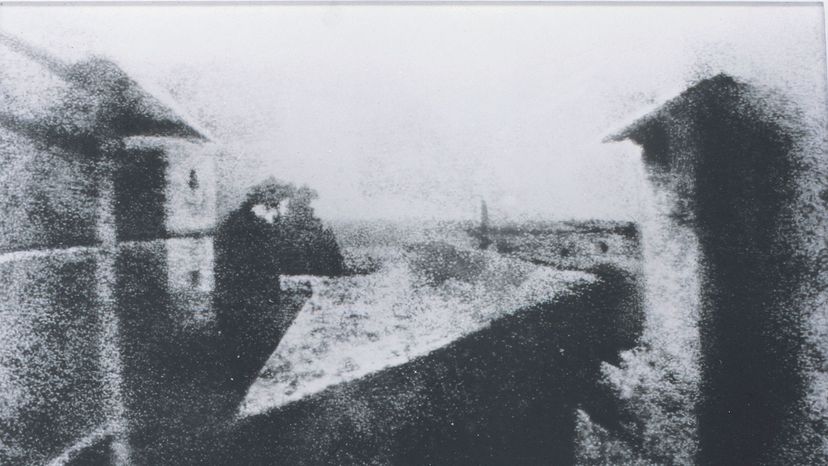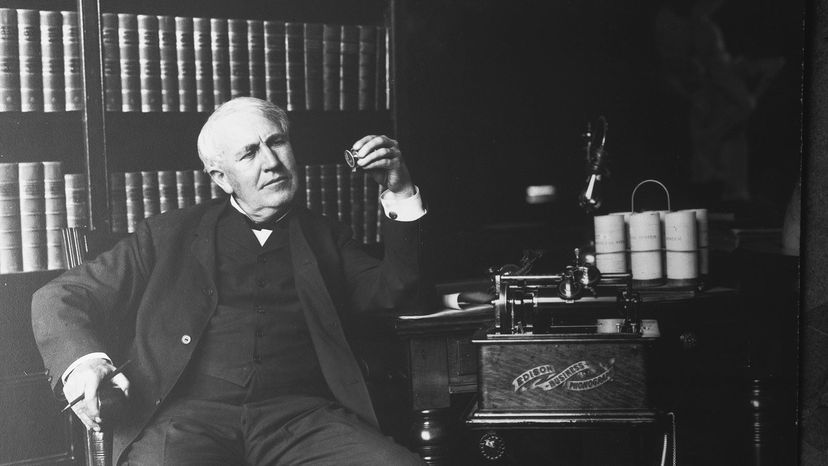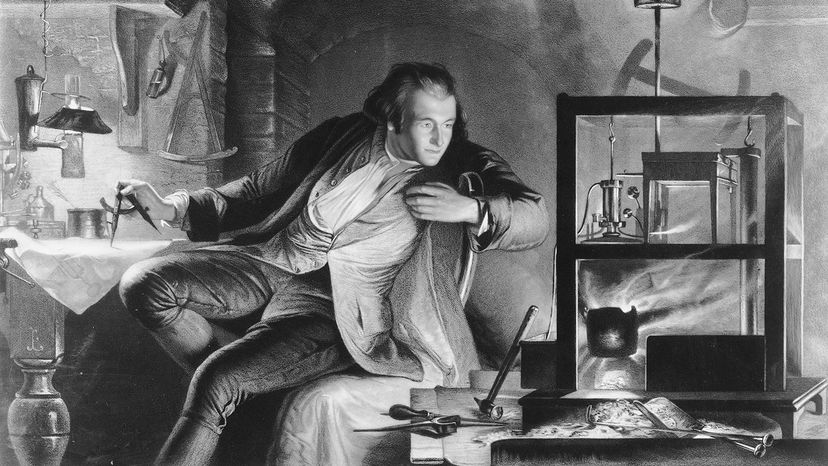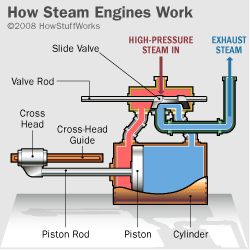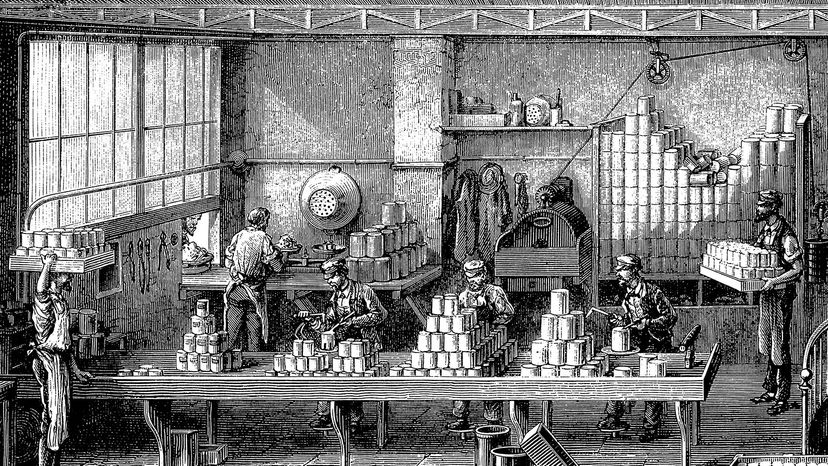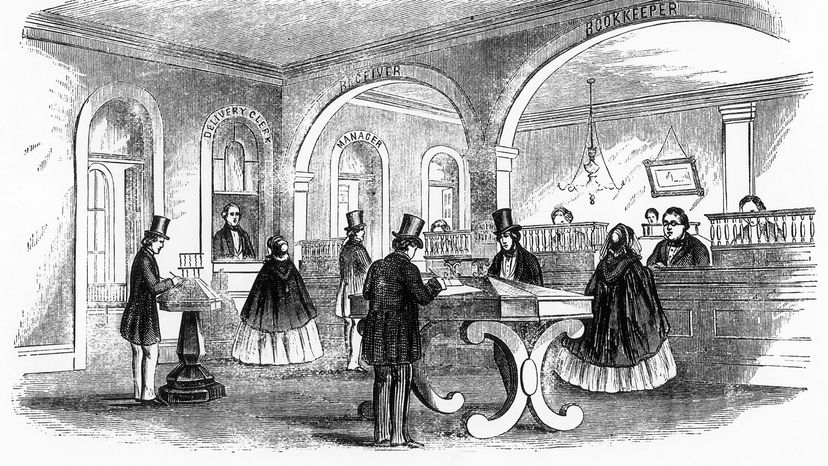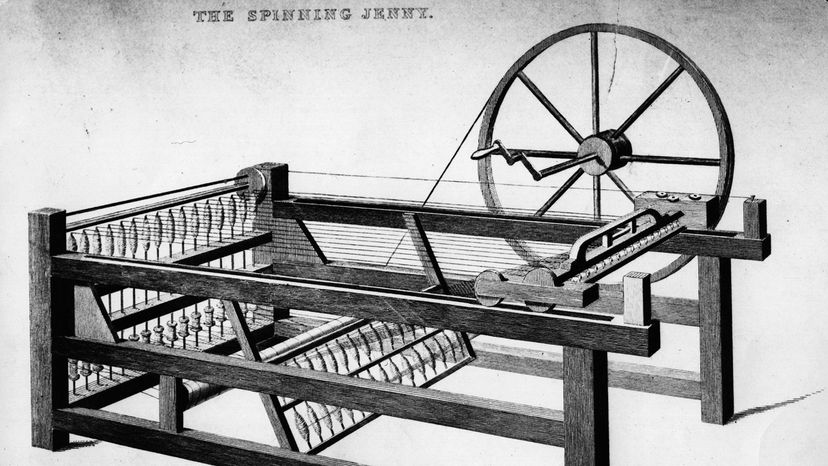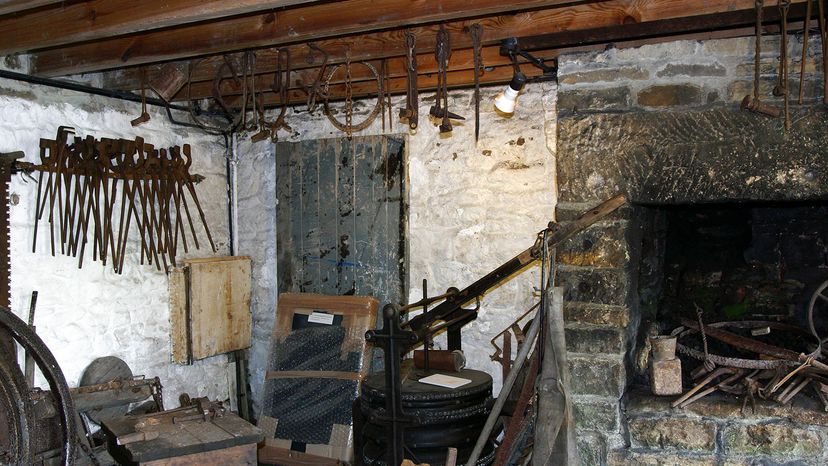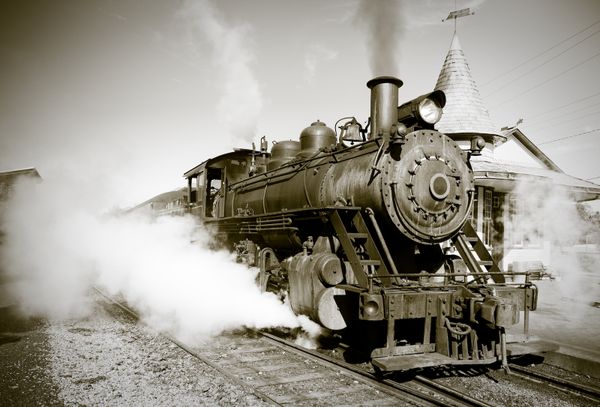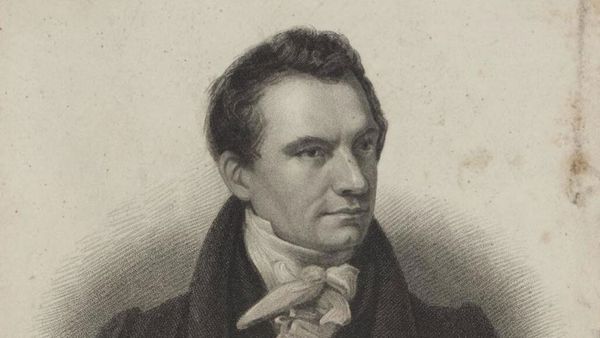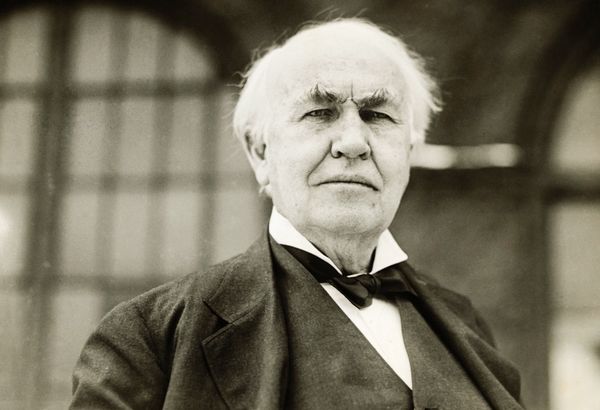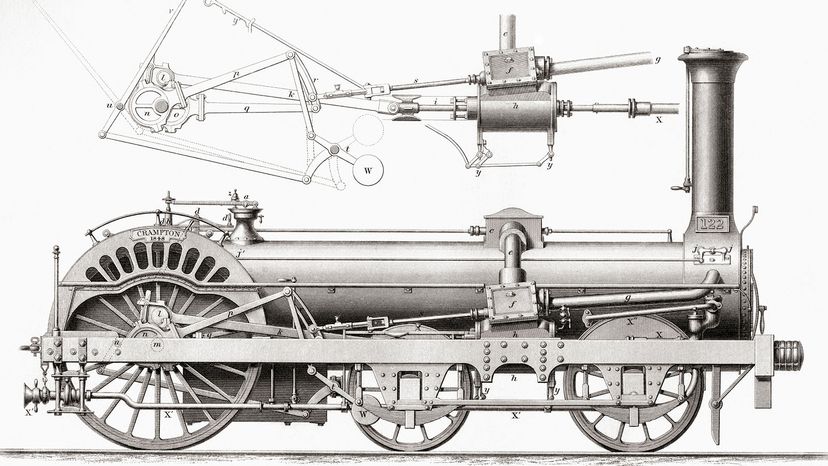
The Industrial Revolution, an innovative period between the mid-18th and mid-19th centuries, shifted people in Europe and the U.S. from a predominantly agricultural existence into an urban, industrialized lifestyle. Goods that had been produced by hand, one at a time, became mass-produced in factories, while transportation and other industries greatly advanced [source: History].
Although we label this era a "revolution," that title is somewhat misleading. The movement, which first took root in Great Britain, wasn't a sudden burst of advancement, but rather a buildup of breakthroughs that relied on or fed off one another. Some of the main breakthroughs came via the use of new materials such as iron and steel; new energy sources like coal and steam; new machines such as the power loom; the novel factory system of labor; and new means of transportation, like trains and boats powered by steam engines [sources: Brittanica, History].
Advertisement
Eventually, these innovations made their way to other corners of the world and additional countries began embarking upon their own industrial revolutions. By the late 19th century, the U.S. actually began a second Industrial Revolution — one which lasted until about 1914 and gave birth to the modern assembly line and other important inventions [source: Brittanica]. But the Second Industrial Revolution is a topic for another article.
Bottom line: Just as the dot-coms were integral to the 1990s, it was the particular inventions during the first Industrial Revolution that made this epoch unique. Without all of the period's ingenuity, many of the basic goods and services we use today wouldn't exist. So whether that era's adventurous souls dared to tinker with existing inventions or to dream of something brand-new, one thing's for sure — the Industrial Revolution changed the course of human history. Here are 28 Industrial Revolution inventions that changed the world forever.
